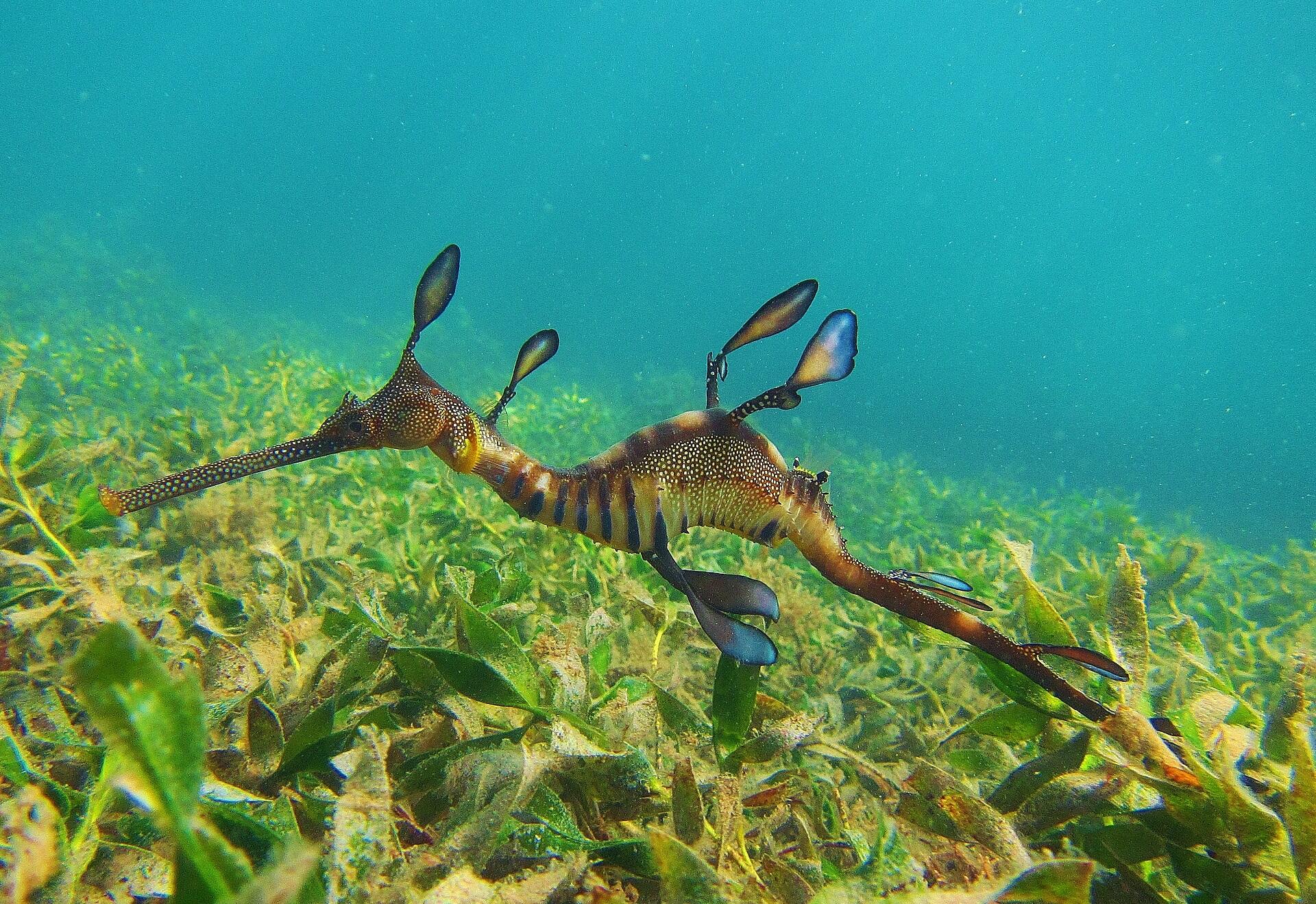Melbourne, and Victoria as a whole, have so much going for them, it's hardly fair that they have such wildlife diversity. Despite being the second-smallest Australian state (Tasmania is the smallest), animals in Victoria number in the millions of creatures. Here, you can meet 10 unique animals that make their homes in Victoria.
| 😻 Animal | 📛 Binomial name | 📍 Only in Victoria? | 🔍 Characteristics |
|---|---|---|---|
| Leadbeater's possum | Gymnobelideus leadbeateri | Yes | Critically endangered Lives in tree canopies Omnivorous |
| Helmeted oneyeater | Lichenostomus melanops cassidix | Yes | Critically endangered Distinctive markings Aggressive |
| Weedy seadragon | Phyllopteryx taeniolatus | No | Blends in with marine grasses Enjoys a ranging habitat No prehensile tail |
| Baw Baw Frog | Philoria frosti | Yes | Critically endangered Very small - only 42 to 55 mm Its feet are not webbed. |
| Golden-rayed Blue butterfly | Candalides noelkeri | Yes | Eats only from one plant Has delicate blue and gold markings Endangered, due to habitat loss. |
| Greater glider | Didelphis volans | No | More closely related to lemurs Unusual gliding pattern Ground-avoidant |
| Orange-bellied Parrot | Neophema chrysogaster | No | A migratory parrot Forage in groups Brightly coloured |
| Plains-wanderer | Pedionomus torquatus | No | Distinctive feather markings Mistaken for gamebirds The last of its species |
| Brush-tailed Rock-wallaby | Petrogale penicillata | No | Live in family groups Isolated populations ACT emblem animal |
| Mountain Pygmy-possum | Burramys parvus | No | Critically endangered A hibernating marsupial Changes diet with the seasons |

Leadbeater's Possum
This state animal Victoria, a primitive creature, the last of its genus. For millennia, these possums ranged all over greater Victoria (and, likely, across Australia). Today, it's limited to one small sector in the state's Highlands.
You likely won't see them in the wild. However, Healesville Sanctuary has a few living in captivity.
Like Gilbert's potoroo, the critically-endangered animal in West Australia, this possum was thought to be extinct. And then, in 1961, a naturalist happened to find one in the wild. Later that year, an entire colony was discovered, and conservation efforts began in earnest.
Helmeted Honeyeater
This bird is a state animal of Victoria, and the state's only endemic bird. This creature, with its distinctive markings, is hard to see in the wild. Not because it cleverly escapes notice, but because there are so few of them.
Victoria's official state bird has had several close calls.
By 1989, the population was down to around 80.
These birds are critically endangered; conservation efforts are ongoing.
Threats to the helmeted honeyeater include wildfires and disease, as well as drought and other climate change effects. It doesn't help that they tend to be sedentary, and a bit aggressive when defending their territory. In these respects, this state bird mirror's one of the most famous of Tasmania's animals, the devils.
Weedy Seadragon
This marine state animal of Victoria counts seahorses and trumpetfish as relatives. However, unlike the seahorse, the weedy dragon cannot use its tail as an anchor, to hold onto marine grasses. Rather than swimming, it drifts along far below sea level, making little use of its appendages, other than to help camouflage it.
As is typical for this animal class, the male takes on most of the reproductive duties. He carries the eggs, about 120 at a time, until they hatch. As soon as they do, they're on their own.
1. The weedy seadragon is reluctant to mate in captivity.
2. Young seadragons' survival rate in the wild is low.
3. Young animals' survival rates in captivity are high.
This puzzle challenges marine biologists and conservationists alike. They have yet to discover which environmental factors trigger these animals' reproduction cycles. They must resort to monitoring, and removing newly-hatched dragons, to ensure their survival.
Baw Baw Frog
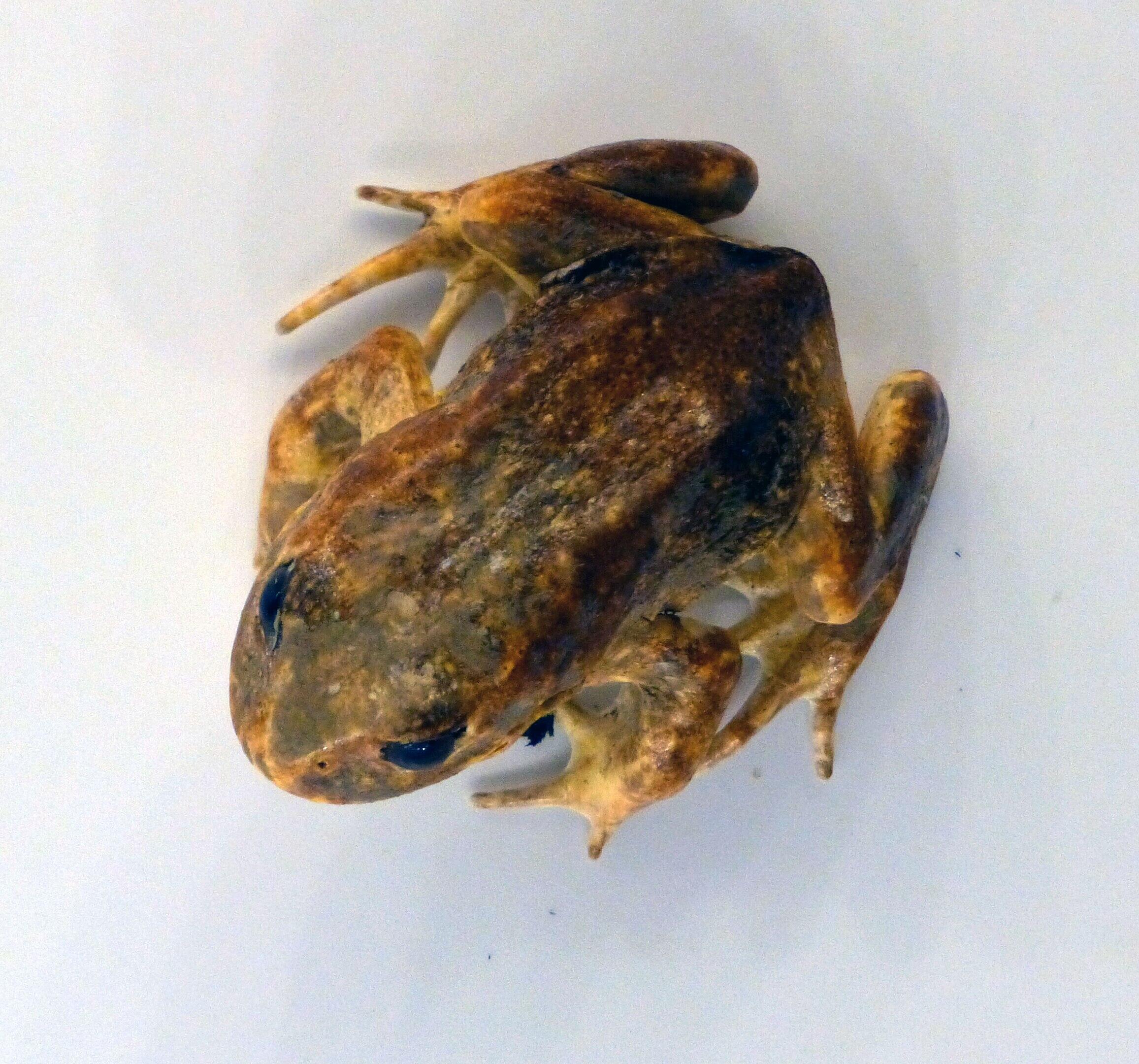
This tiny amphibian boasts a few remarkable features: its feet aren't webbed, as most frogs' are. And, it has a large gland on its shoulders that excretes toxins, to deter predators. Finally, its tadpoles do not feed or swim as other species' do. Instead, it relies on an attached yolk sac for nutrition.
These are high-altitude creatures. They exist in the wild, in a mountain gully on the Mount Baw Baw plateau, in the Central Highlands. They eat worms and other invertebrates that live in their wet environment. They're less susceptible to predators than to infections.
These frogs are under constant threat from the Chytrid fungus, whose spread has sped up, thanks to changing environmental conditions.
Awareness, and conservation programs, help the species survive. Scientists capture newly-released egg clutches, to grow them in lab conditions, away from the threatening fungus. A small population of those frogs has been released into the wild, to monitor their survival rates.

Golden-rayed Blue Butterfly
Much of Victoria's wildlife - and, all the species in this article, live on some level of endangerment. This butterfly is no exception. It feeds off just one plant, the creeping boobialla (pictured).
Though its food source isn't under any threat, much of the butterfly's habitat is lost to grazing lands.
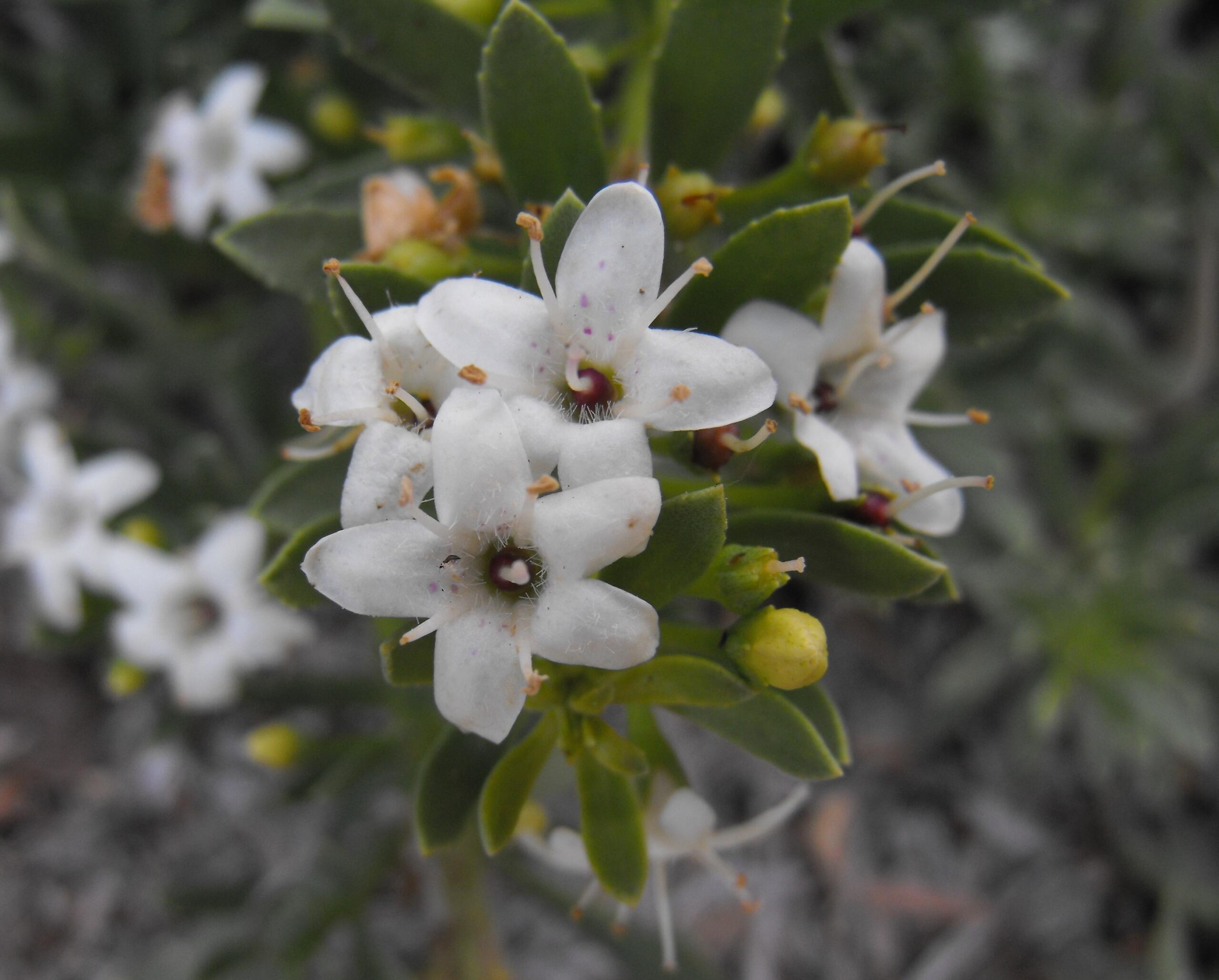
These butterflies now exist only in narrow tracts along western Victoria's salt lakes.
Cultivated boobialla is quite common (as ground cover in gardens, for instance), but it doesn't grow naturally, on its own. Any plantings must be away from invasive paperbark trees, as these hungry plants force the delicate flowers to compete for resources.
This is the only butterfly species endemic to Victoria.
Fortunately, Victoria's land managers are on the case. They are studying the issue, and replanting boobialla away from threatening species. That's why you might see those white-flowered patches occasionally popping up. We hope the butterfly colonies will soon follow.
Greater Glider
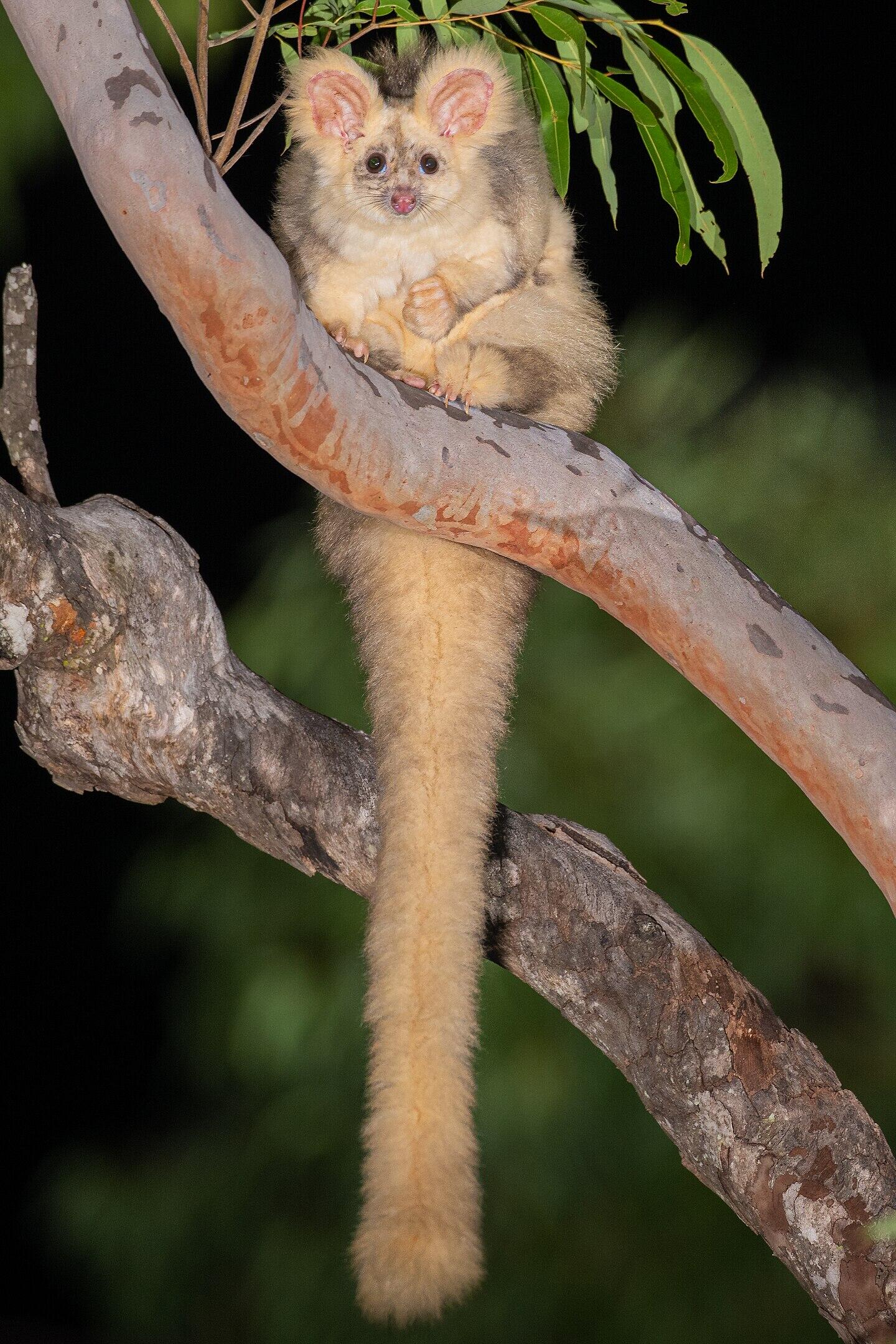
The greater glider is not one marsupial species, but three, as was discovered in 2020. Furthermore, they're less closely related to gliders, and more in the lemur family. The lemuroid ringtail possum family, to be specific.
They 'glide' nevertheless, using their long tails for anchoring and stability. Tree canopies are their habitat, with each animal having several hollow tree burrows.
Unlike other marsupials, these creatures do not extend their forelimbs as they glide. They fold their wrists under their chins, making a triangular outline.
They're solitary creatures who do not move well on the ground, so they avoid ground contact as much as possible. They dine at night, mainly on eucalyptus leaves and buds.
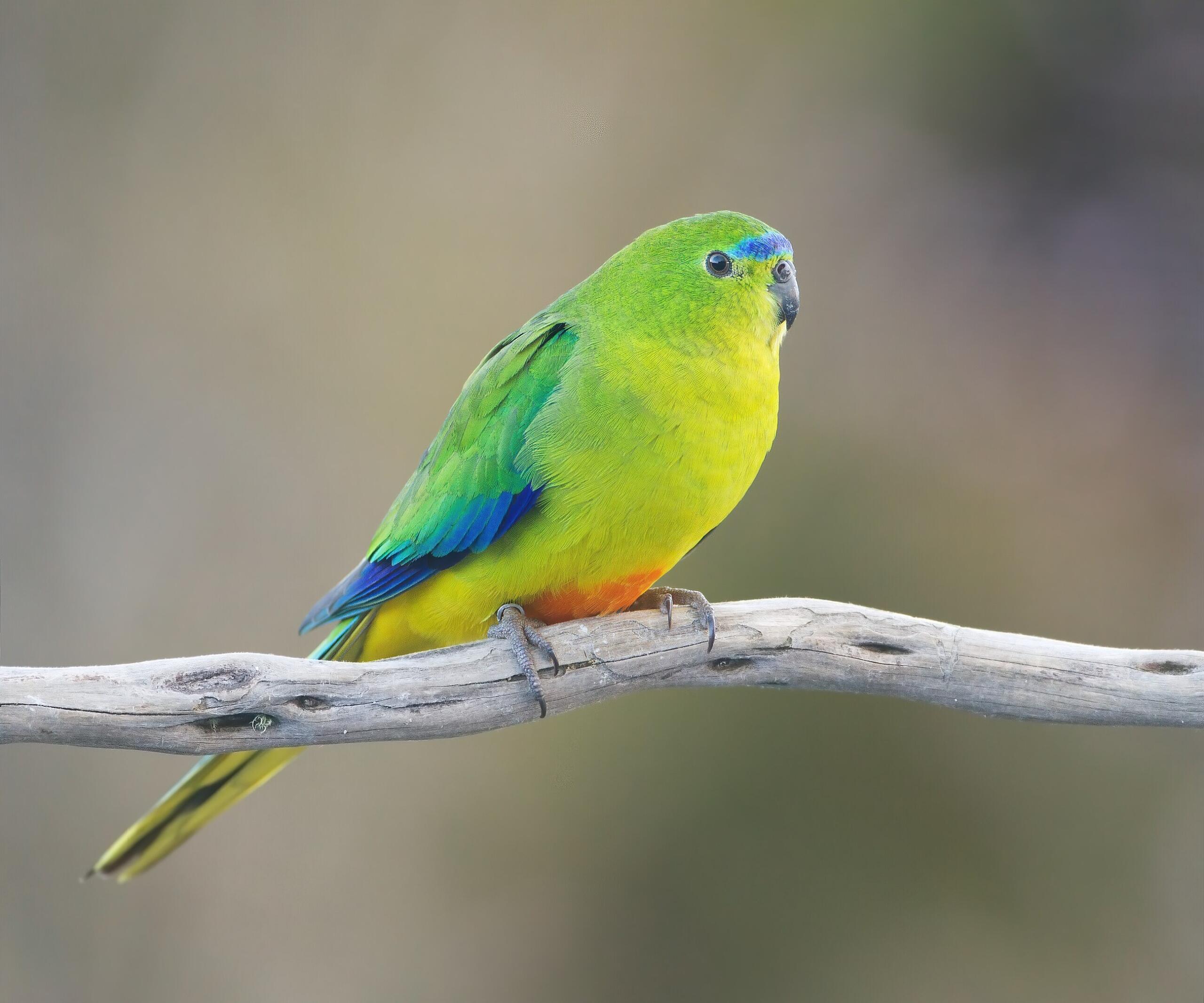
Orange-bellied Parrot
This small bird, endemic to Australia's southern parts, is one of just three parrot species that migrates. Their mating ground is in Tasmania, and they winter on the mainland's southern coast. Notably, they are not a part of South Australia's unique animal collection.
Efforts are ongoing to repopulate this species through captive breeding programs.
The initiative is finding some success, but the species remains critically endangered.
The males have bright feathers, and the females are duller, by comparison. They survive on a diet of berries and seeds, and they forage along beaches and dunes.
They generally do so in pairs or as a small flock - though the flocks are indeed small, these days. Conservationists report a vastly diminished wild population.
Plains Wanderer
This bird, with its mystical-sounding name, lives along Australia's east-coast states, with a small population in Victoria. Like many of Australia's animals - particularly, animals that make Victoria their home, this species suffered dramatic decline with the introduction of invasive species.
It's a fairly large ground bird, resembling quail, but distinctly different in crucial aspects. Early wildlife biologists struggled to categorise this bird, first assigning it to the order of gamebirds (Galliformes).
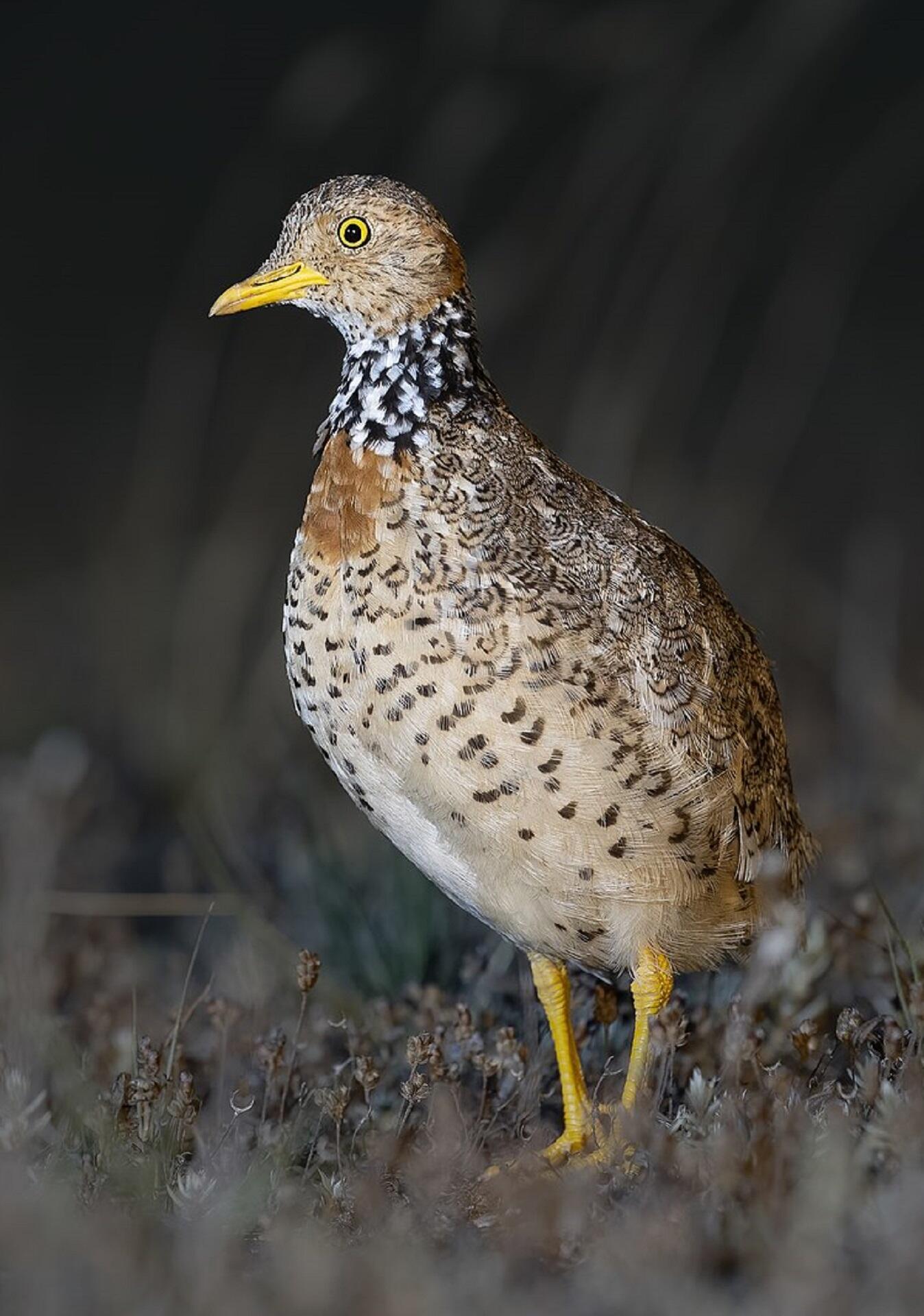
Further studies revealed it could not be related to chickens or turkeys. It was then reclassified as a wader bird.
The plains wanderer is a living example of convergent evolution.
That means they embody traits of past species, but independently evolve new traits.
They are the last of their family line, in evolutionary terms.
Science aside, these birds live a precarious existence, due to habitat loss. It's not just their food supply that's threatened; it's their unusual mating habits. The females lure males with colourful plumage, and then leave their mates to care for the eggs, and go off to find another mate.
Brush-tailed Rock-wallaby
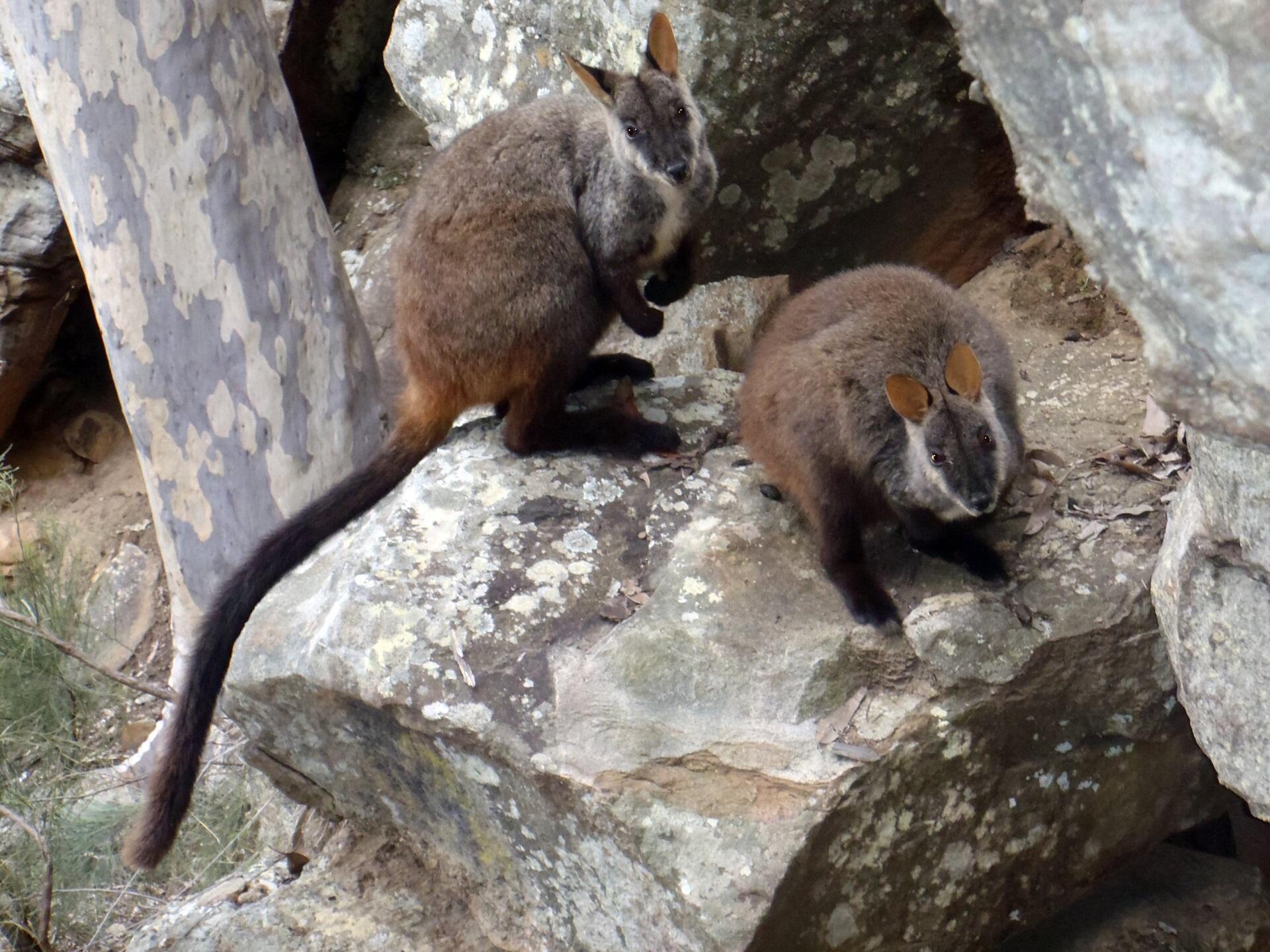
Historically, this animal enjoyed a large and abundant habitat, stretching from areas north of Brisbane to Victoria. Today, we find isolated populations of these animals in New South Wales, and in our state.
In 2018, the Australian Capital Territory declared this wallaby its mammal emblem, even though none of this species exists in ACT. At least, not in the wild.
These wallabies feed on grasses, shrubs and forbs near their rocky shelters. This allows them to dash to safety, should they sense a predator. They live in family groups, usually a mating pair and their offspring. The juvenile males tend to leave the clan once sexually mature.
Mountain Pygmy-possum
We call this tiny creature burramys. Its tail is longer than its body, and it weighs a mere 45 grams. It's active at night, and favours high-altitude rocky screes and boulder fields. It was thought extinct until 1966, and remains critically endangered today.
Burramys nosh on Bogong moths (pictured) during the spring and summer, when they migrate to the highlands. During autumn and winter months, this creature goes vegetarian, foraging seeds and fruits.
Its size and diet alone make this animal vulnerable to the least changes in its environment.
This state has a large proportion of its wildlife on the endangered, or critically endangered lists.
Of all the wildlife species across Australia and in its waters, Victoria's endemic populations are under the greatest threat. It's hard to say why, exactly, but we can blame the usual suspects. Those include loss of habitat, climate change and, most of all, introduced species.

